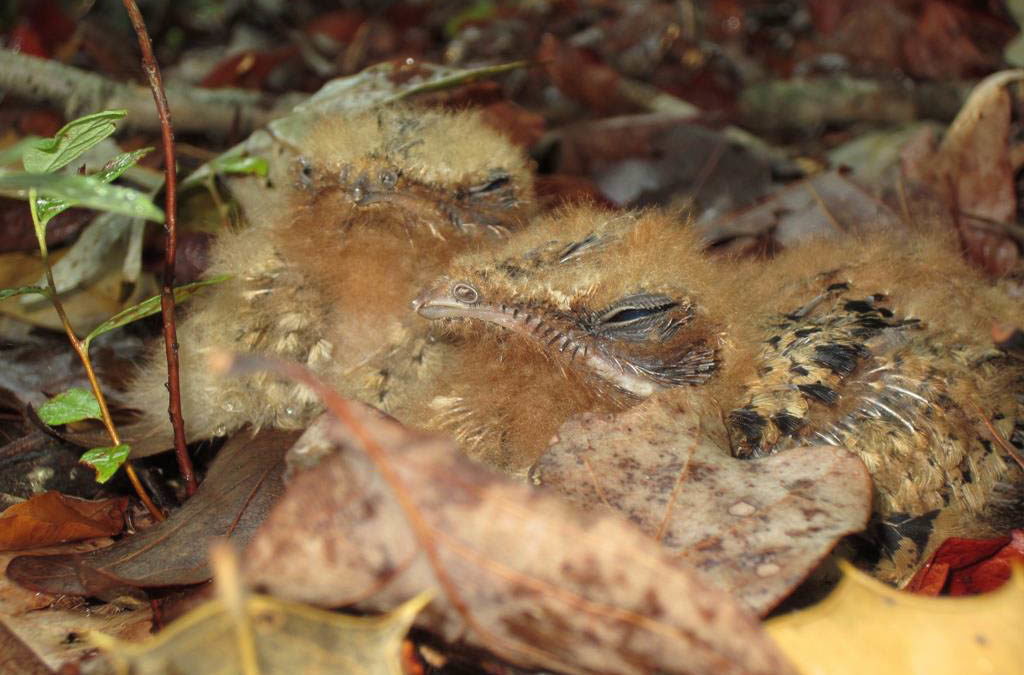U.S. Nightjar Survey Network prepares for 2020 Season

Rapid Assessment of Black Rails in South Florida
April 2, 2020
Ipswich Winter Ecology comes into Focus
April 4, 2020By: Laura Duval
3/24/2020
As many of you read this, migrant birds, including our beloved nightjars, are on a taxing journey from their wintering grounds as far as South America and into our backyards. Some of you in the southern regions are lucky enough to already be hearing the onomatopoeic call of the male Chuck-will’s-widow as he hopes to lure in a returning female. Soon enough these cryptic birds will settle into old growth forest floors and urban rooftops for what is one of the most challenging and rewarding parts of their annual cycle: finding a mate in a safe and insect-rich area where they can raise the next generation of goatsuckers.
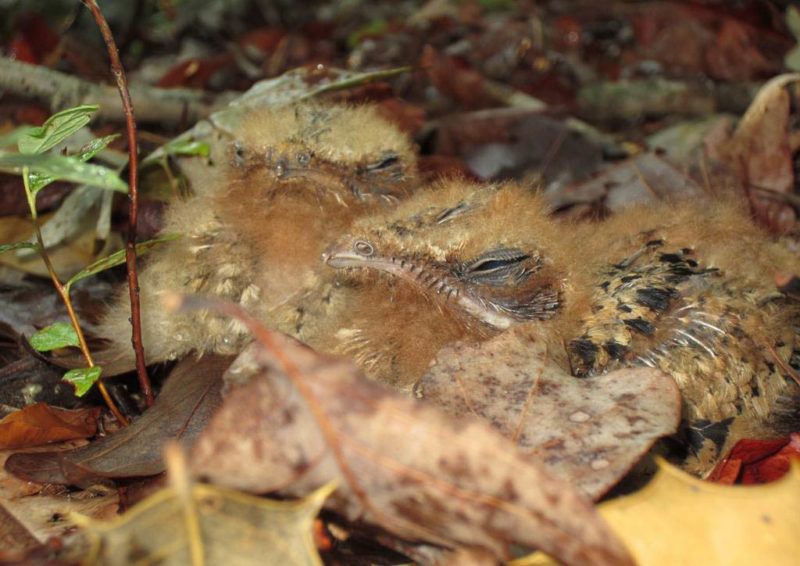
The Center for Conservation Biology started the U.S. Nightjar Survey Network in 2007 to address gaps in long-term bird monitoring programs such as the Breeding Bird Survey. Surveys specific to nocturnal birds, like nightjars, are necessary to more accurately assess trends and distribution. Over the last 13 years, hundreds of surveyors have conducted thousands of routes throughout the US to help us fill these voids. It is widely understood that aerial insectivores are one of the most rapidly declining taxa of birds. However, data from sustained survey routes over many years help us to better interpret population trends. This is best achieved by sticking with your chosen route(s) year after year.
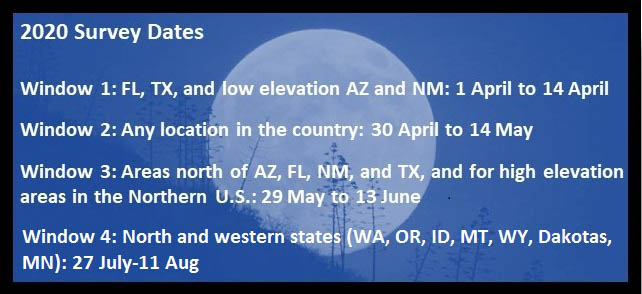
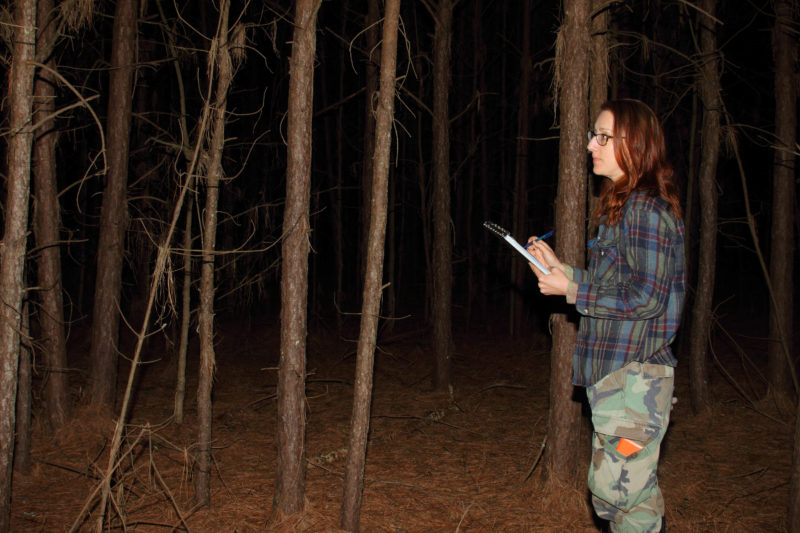
Your continued emails encourage us to forge and reinvigorate partnerships with state and regional coordinators throughout the US and Canada. However, some states choose to coordinate their own nightjar surveys. For example, if you are in the Northeast please contact your local wildlife agency to establish routes in areas of interest. Arizona surveyors also maintain specific dates for surveying at the Nightjar Network website.
If you are new to the survey, or for anyone who needs a refresher for how to work with routes or enter data, please see our new instructional videos on the Nightjar Network website.
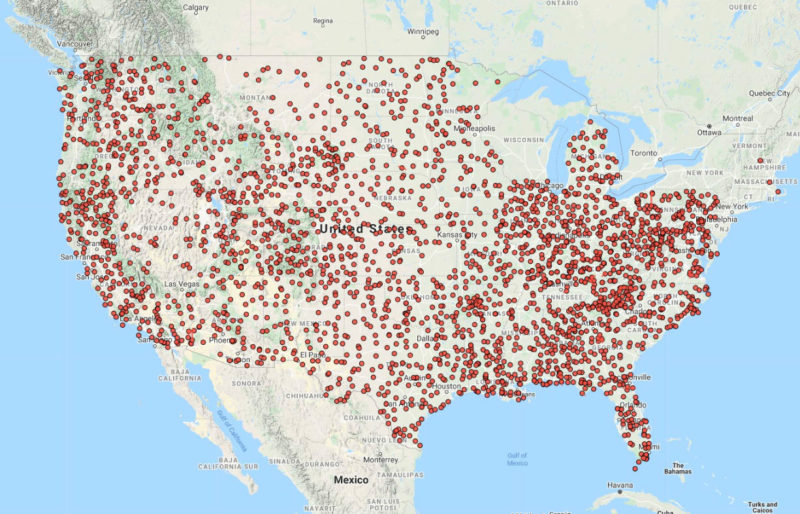
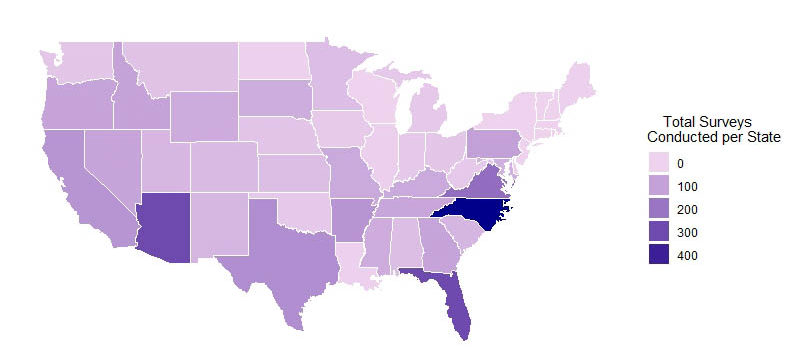
If you were one of our original surveyors and have not conducted your route in several years, the rapidly approaching 2020 season would be a good opportunity to re-survey these routes. If you find your route is no longer available under your account, feel free to sign up for another nearby route or contact us at nightjars@nightjars.org to re-establish your historic route.

